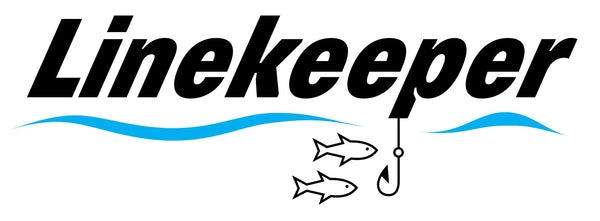Ah, Oregon! The perfect coast for beach-combing, sailing, fishing, and, of course, clam hunting! Whether you’re a lifelong Oregonian or just visiting the Oregon Coast, you’ve likely heard of the plethora of clams that can be found on the beaches and bays year round!
But, how do you go about collecting them?
The first step is finding the right gear. A high-quality clam bag is essential for collecting clams. These bags are designed to keep the clams safe and secure while you hunt. They come in various sizes and with a variety of features, so you’ll want to make sure you select the right one for your particular needs. We think we've made a great one that's the perfect size and the right combination of rugged, flexible, and durable, PLUS it's hand made right here in Oregon! Get yours here! They come in a bunch of fun colors, so if you go clamming as a group, you can easily keep track of who got the best haul!
Once you’ve got your clam bag in hand, it’s time to hit the beach and start the hunt. Look for clams in the sand and gently scoop them up with your hands or a shovel. Make sure to check for any signs of life - you don't want dead clams or empty shells.
The key to successful clam hunting is patience. If you take your time and explore the beach thoroughly, you’re sure to find some delicious clams. So, what are you waiting for? Grab your clam bag and head to the beach to start your clam collecting adventure!
How to Locate Clams
Want to find the best spot to search for clams on the Oregon coast? If so, then you’ve come to the right place! Clams are a delicious, healthy seafood option that can make a great addition to any meal. Here’s how to locate and harvest clams on the beach. Be sure to check local clamming guidelines for beach closures, for example Clatsop (where razor clams are common) is closed in late summer to protect the clams for next year. Oregon info from ODFW.
- Locate an area with a sandy beach, or head to a sandy bay. Clams are found in the sand, so you’ll need to be on a beach to search for them.
- Look for telltale signs of clams. Clams have a distinct “V” shaped depression in the sand where they burrow down. Often described as a dimple, or a doughnut, or even a keyhole, they are easy to spot once you know what to look for. If you see several of these V-shaped indentations, it’s a good sign that there are clams in the area.

- Use a shovel (or your hands) to dig up the clams by digging a few inches into the sand around the clam, making sure to avoid hitting the clam directly. Some folks will tell you that you need an expensive "clam gun" which is just a fancy cylindrical shovel, but unless you're going clamming every weekend, we say save your money and improvise.

- Gently pull up the clam. Use your fingers or a clam rake to gently pull the clam out of the sand.
When to Hunt for Clams
First, check with the Oregon Department of Fish and Wildlife to make sure the area you choose is open for clamming. But basically clamming is a year-round activity on the Oregon coast. Clam diggers will want to watch for low tides, when more beach is exposed for digging.
The most fun might be had in spring, summer, and fall when the weather is beautiful and the sand is warmer. But...
"Winter storms and high seas may discourage all but the most dedicated clam diggers. However, if the seas are calm(ish) and the tides are low, clamming can be good throughout the winter."
- odfw
Now that you know how to find and harvest clams, it’s time to get out there and start digging! Enjoy your delicious catch of the day!


